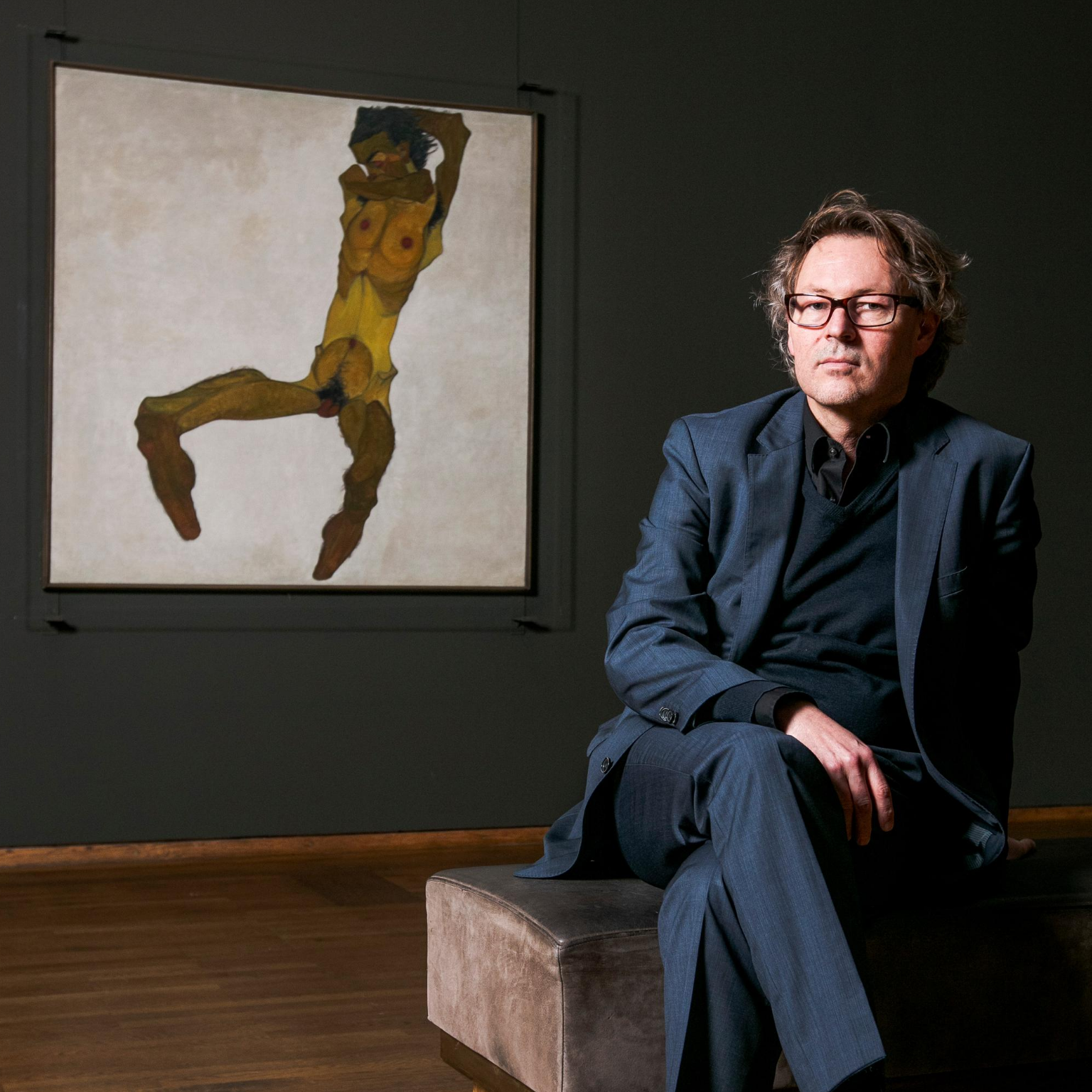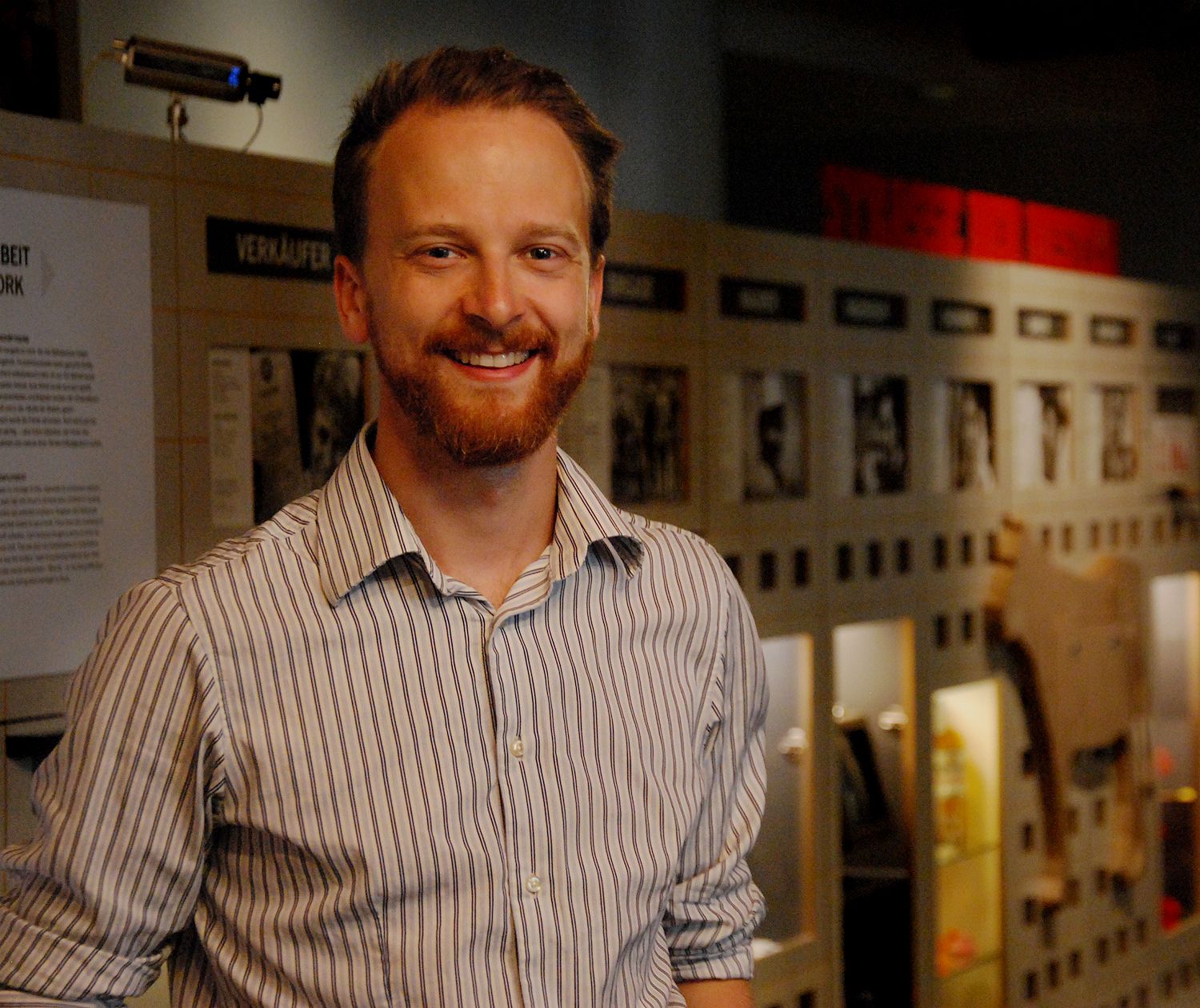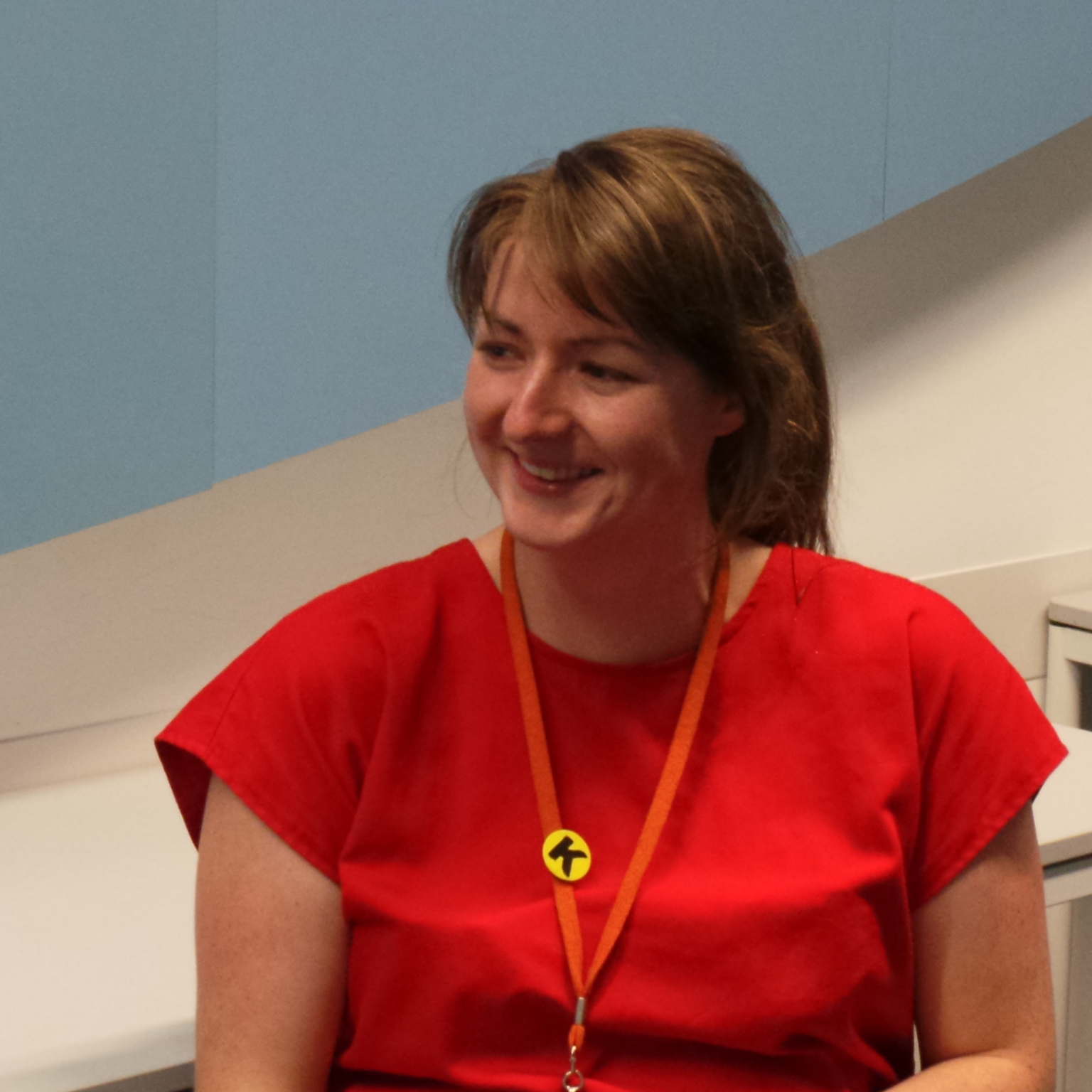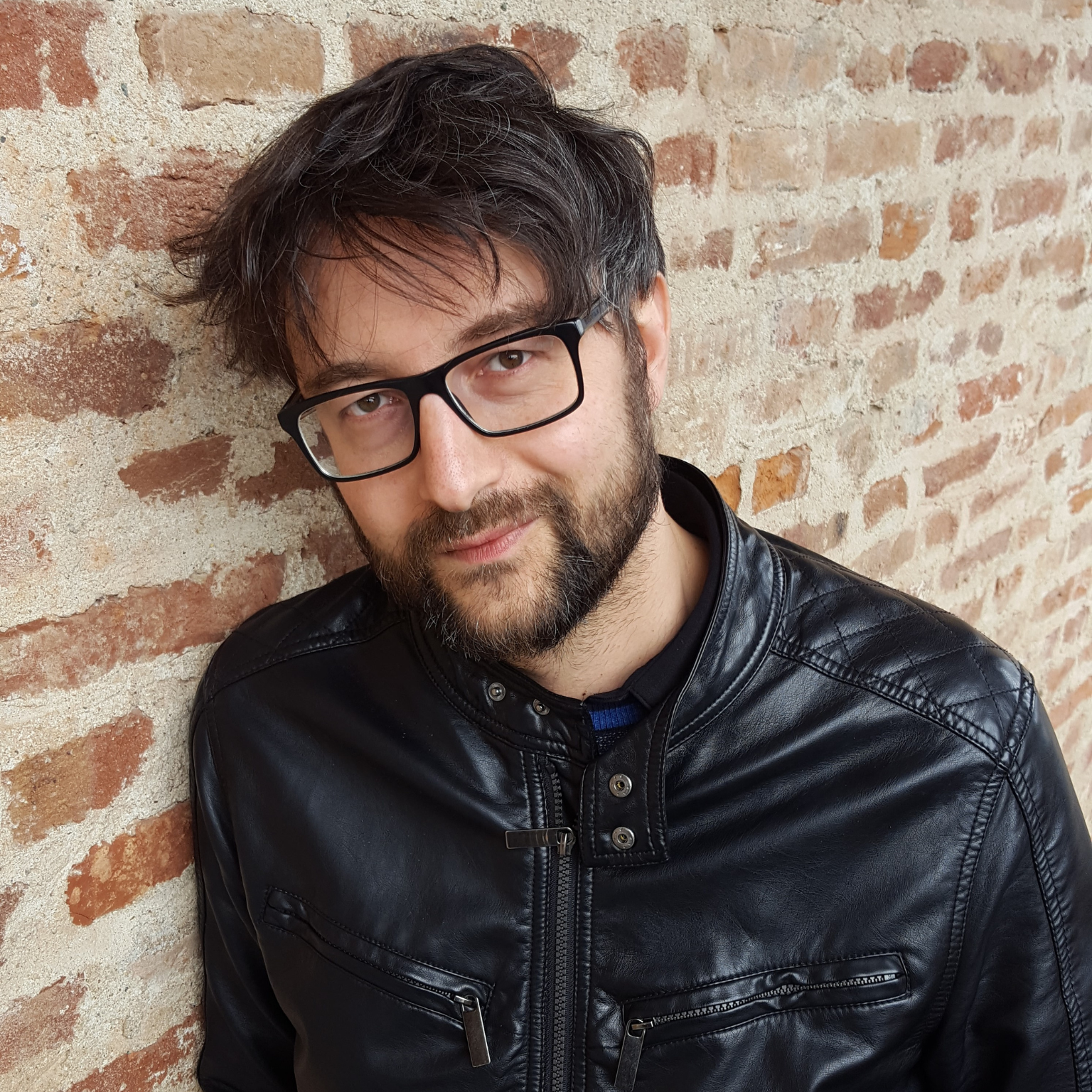Hans-Peter Wipplinger, Director of the Leopold Museum, Vienna. Photography © Stefan Joham
1.What is your museum about and what is your work there?
The Leopold Museum houses a unique and astonishingly comprehensive Vienna 1900 collection. It is famous for its focus on Viennese Modernism. Especially to be emphasised are the outstanding masterpieces by Gustav Klimt, Koloman Moser and Josef Hoffman and of course the world’s most extensive collection of works by Austrian Expressionists Egon Schiele and Richard Gerstl. The museum shows also the biggest permanent presentation of works by Oskar Kokoschka.
The museum’s founder Rudolf Leopold (1925-2010), ophthalmologist and art collector, within five decades collected more than 5.000 works of art including paintings, drawings, applied art and tribal art. In 1994 the Leopold Museum – Private Foundation was established and in 2001 the newly constructed Leopold Museum has been opened to the public.
Around eight million people visited the museum in the last years. It is the most attended institution of Vienna’s MuseumsQuartier (MQ) and one of Vienna’s cultural highlights.
Back in 2015 I started as the Leopold Museum’s artistic director, planning and realizing various and successful exhibition programmes including the new presentation of our Vienna 1900 collection and many special exhibitions, among them about artists such as Gustav Klimt, Ferdinand Hodler, Wilhelm Lehmbruck, Richard Gerstl, Oskar Kokoschka and Egon Schiele.
Exhibitions of modern and contemporary artists like Berlinde de Bruyckere, Joannis Avramidis and Zoran Mušič or dialogue exhibitions, for example Carl Spitzweg – Erwin Wurm or our current Hundertwasser – Schiele show, enable to discover similarities and to compare artistic positions across generations. I managed to get precious objects from private collections on loan for our permanent Vienna 1900 presentation.
2.How is your museum dealing with the coronavirus crisis?
The lockdown due to coronavirus crisis has been a significant break for Vienna’s cultural scene. In accordance with a decree of the Austrian Government we closed the museum from 11 March to 26 May. More than one month after the reopening the number of visitors is still much lower than before but slightly increasing.
Normally up to 70% of our guests are international tourists from Germany, Italy, France, Switzerland, Asia, USA and many other countries. For over two months, we had no revenues from ticket sales, rentals and shop sales.
We decided to reduce our opening times, adding a second closing day and canceling the evening opening on Thursdays. Now we are open from Wednesday to Sunday from 10 am to 6 pm. We introduced short time working until September. Some exhibitions we postponed to late autumn as well as to next spring, and we extended two special exhibitions. Our measures included partial expenditure freezes, cost reduction and strict economy measures.
We created special visuals using works by Egon Schiele recommending to keep distance, clean hands regularly and to avoid crowds. For the safety of our guests, we installed Plexiglas-barriers at the counter and the wardrobe and we added hand sanitizer dispensers containing disinfecting solution.
We clean the museum’s rooms as frequently as possible, especially the door handles, the restrooms, the museum’s shop and the offices. Our attendants and guides wear face coverings.
3.What is the impact on your digital activity? Do you have tips to share with your colleagues?
The importance of our digital activities increased during the lockdown. On social media sites, we had the possibility to stay in contact with our visitors and followers, for example on Instagram, creating several new entertainment formats. Asking the question “Who are you”, we introduced members of our staff to our followers. Short interviews gave insights in different departments and fields of work.
We invited to take part in our art quiz “Know your art” and we gave impressions of our collections and special exhibitions presenting masterpieces of the Leopold Museum’s Collection and selected works from our shows. We showed videos from our exhibitions on our website and on YouTube.
During lockdown our website attracted more visitors than before, around 50.000 per month, including especially in March around 80% of new visitors. We presented our online activities on our landing page promoting also our Google Arts & Culture profile. Soon there will be also available a virtual Leopold Museum tour presented by Google Arts & Culture.
More than 4000 users followed our Instagram stories during lockdown. This is a growth of 50%. Our total number of Instagram followers is more than 62.000. On Facebook we’ve got more than 45.000 followers and our account reaches up to 60.000 people. On Pinterest around 4.000 monthly viewers see the Leopold Museum pins. More than 5.400 people follow us on Twitter.
Interview by Fabio Pariante, journalist
MORE
Leopold Museum on social networks: Instagram − Facebook − Twitter − Pinterest − YouTube
Hans-Peter Wipplinger is an Austrian art historian and the director of the Leopold Museum, Vienna, since 2015. Born in 1968 in Schärding, Upper Austria, Wipplinger studied Art History, Theatre Science, Journalism and Communication Science at the University of Vienna. He worked at the OK Centre for Contemporary Art in Linz, at the New Museum of Contemporary Art in New York and for the Vienna International Film Festival.
Wipplinger has acted as director of the Kunsthalle Krems, Lower Austria (2009-2015) as well as of the affiliated institutions Factory, Kunstraum Stein and AIR artist-in-residence Lower Austria and has been the program coordinator of the Forum Frohner.
He is the founder of the art and communications agency art:phalanx and was director of the Museum of Modern Art Passau-Stiftung Wörlen. Germany (2003-2007). He has curated some 160 solo and group exhibitions, including solo exhibitions on Paula Modersohn-Becker, Wilhelm Lehmbruck, Francis Picabia, Ferdinand Hodler, Vienna 1900, Zoran Mušič, Yoko Ono, Joseph Beuys, William Kentridge, Daniel Spoerri, Anna Jermolaewa, Martha Jungwirth, Kiki Kogelnik, Ernesto Neto, Erwin Wurm and Franz West.
Hans-Peter Wipplinger was and still is a member of several juries and advisory boards of the Austrian Federal Government and the region of Lower Austria, among others. Wipplinger’s projects have received numerous awards, for instance the STRABAG Artaward International, the Austrian Art Award and the Msgr. Otto Mauer Prize. Wipplinger wrote his diploma thesis at Vienna University on “The Phenomenon of the Construction of History. Remembrance and Oblivion” based on the works of Christian Boltanski.
The art expert Wipplinger lives in Vienna and Lower Austria.



